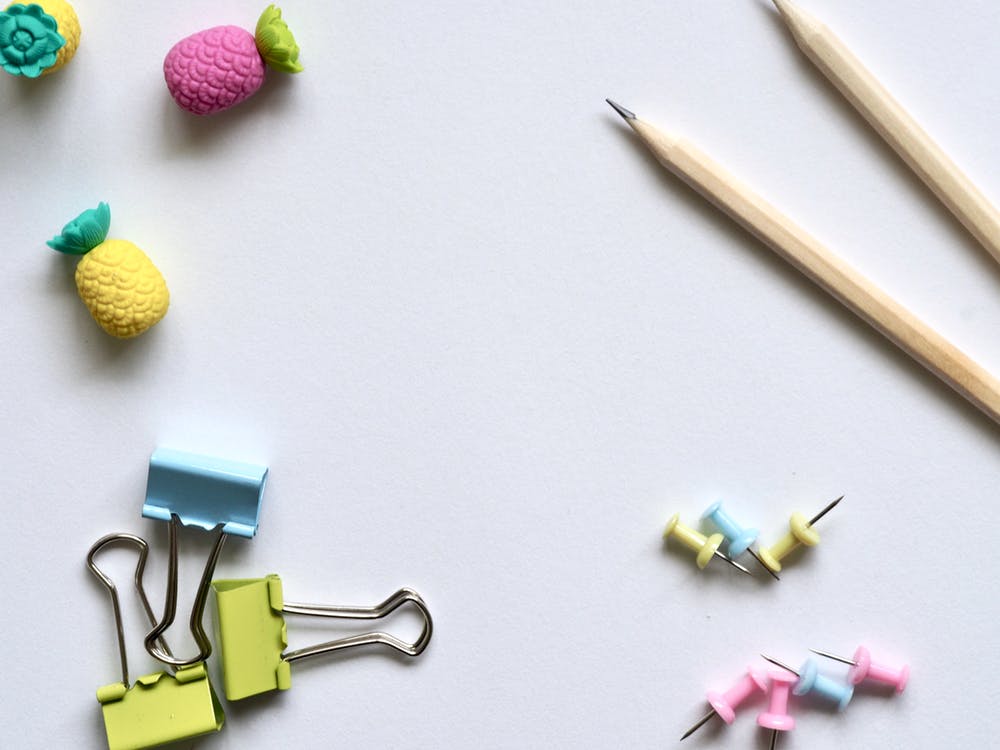
Is the lapel pin experiencing a heyday of sorts? You’ve probably seen these worn just about as often with street wear as with more formal attire. Whether they’re being sported for fashion or to denote one’s professional affiliation, lapel pins enjoy wide popularity. They’re likely favored by their wearers for their small size, portability, and ease of use.
But another part of what makes a good lapel pin is how well it suits its wearer’s purpose. Its persistence as a symbol also gives the lapel pin a certain timeless quality. You’ll be surprised to know about who made the first pins, how they were used in times of conflict, and what they’re capable of communicating to those who see them.
Read on for a brief but colorful history on lapel pins.
The Lapel Pin’s Early Historic Iterations
Though they aren’t the progenitors of the lapel pin per se, the ancient Egyptians are said to be responsible for two key processes now used in making the accessories: inlaying and enameling. As early as 1800 B.C., Egyptian craftsmen used these techniques to decorate metalwork. This process of soldering wires to enamel surfaces, then creating ‘compartments’ to be inlaid for a decorative effect, is also called cloisonné.
Some millennia later in 1271 to 1368 A.D., Chinese craftsmen who lived during the Ming Dynasty improved upon these ancient enameling methods. Ornate enamel bowls, vases, and other items were gifted to the emperor Zhu Qiyu. The bronze casting technique for making cloisonné lapel pins, which is still in use today, was also optimized during this period.
In the West, however, pins of this kind went beyond an ornamental purpose. During America’s Civil War between 1861 and 1865, soldiers wore little brass pins on their uniforms to indicate their unit numbers. This practice helped allies identify each other and, in some cases, made it easier to regroup on the battlefield (if they were in a close line of vision). The effect of these pins could have been more psychological than practical: wearing them inspired camaraderie, solidarity, and pride in their respective causes. Even after the war ended, soldiers kept their pins as mementoes and wore them in the memory of their fallen comrades.
The Sociopolitical Uses of the Lapel Pin
Lapel pins served similar purposes when they were adapted for wide use in the 20th century. In populaces where communism was upheld as the primary ideology, such as in the Soviet Union and in the People’s Republic of China, pins were worn to indicate the wearer’s political credo and patriotism. The said pins often carried the portraiture of iconic leaders Vladimir Lenin and Mao Zedong.
In the United States around the 1970s, the flag lapel pin began to carry an equal sense of gravitas. According to biographer Stephen E. Ambrose, the flag lapel pin was worn prominently by President Richard Nixon and his staff. This was a pointed albeit wordless gesture of patriotic support for the Vietnam War. Nixon’s followers likewise wore American flag lapel pins en masse and could be identified as his “silent majority.”
The flag lapel pin took on a new significance in the context of the 9/11 attacks. In the aftermath, President George W. Bush and his own staff all sported the pins on regular occasion. His successor, President Barack Obama, was even taken to task for not wearing one in the early stages of his 2008 campaign.
Lapel Pins Now: A Platform for Leisure, Solidarity, and Creativity
These accessories are now in wide circulation for purposes other than politicking. For one, pin trading and collecting is a burgeoning hobby, and collectors enjoy acquiring old souvenir pins from institutions like Disney and Hard Rock Café. For another, customized and limited-edition lapel pins sell well as fandom merchandise.
In modern times, lapel pins are worn for a variety of reasons. They can be purchased alongside with a wristband set for company branding purposes, passed on as gifts, used in a professional capacity, or added to an outfit just for fun. But no matter what form they take and what context they are used in, they are—and will remain to be—a powerful means to convey both one’s sense of identity and belonging.

